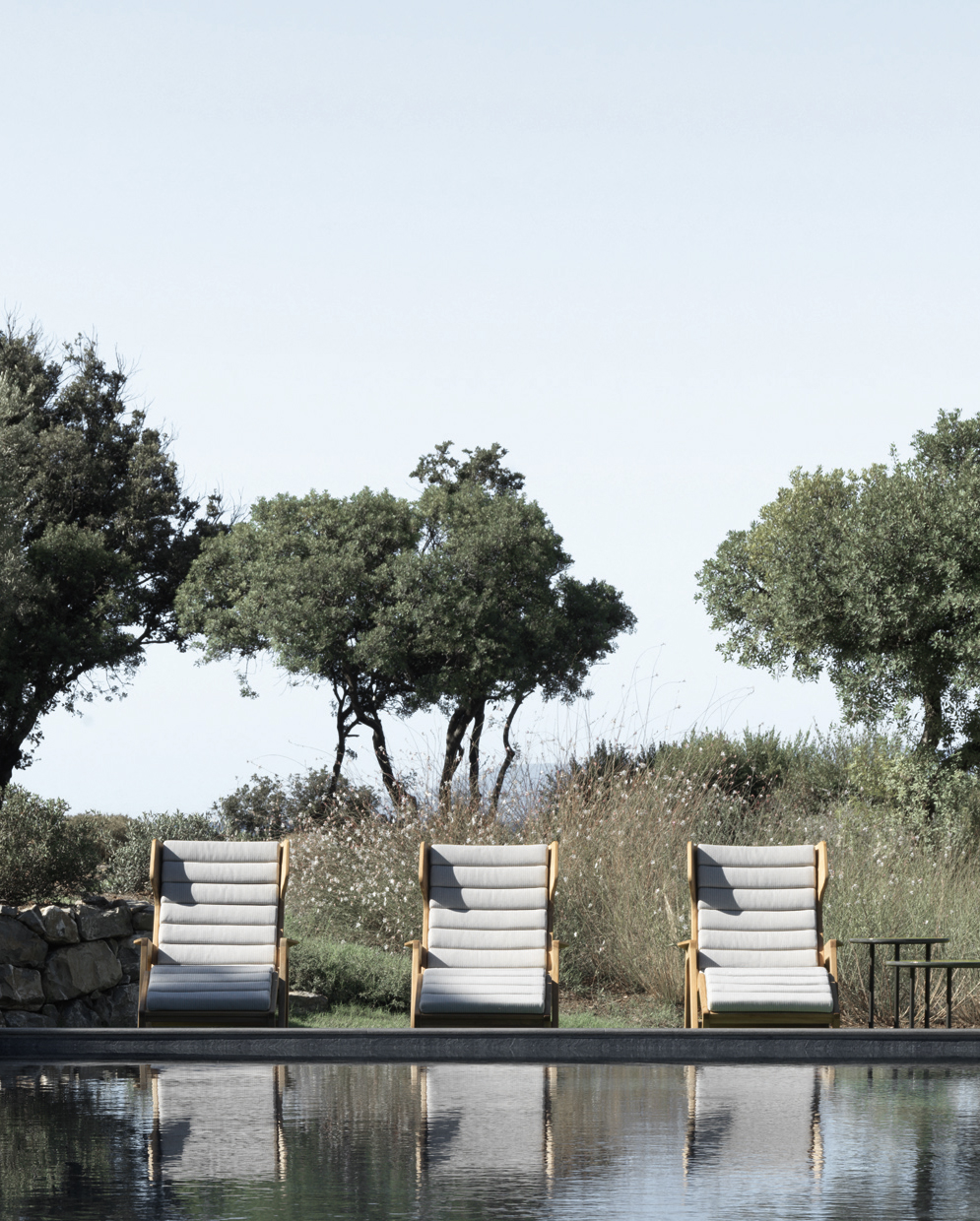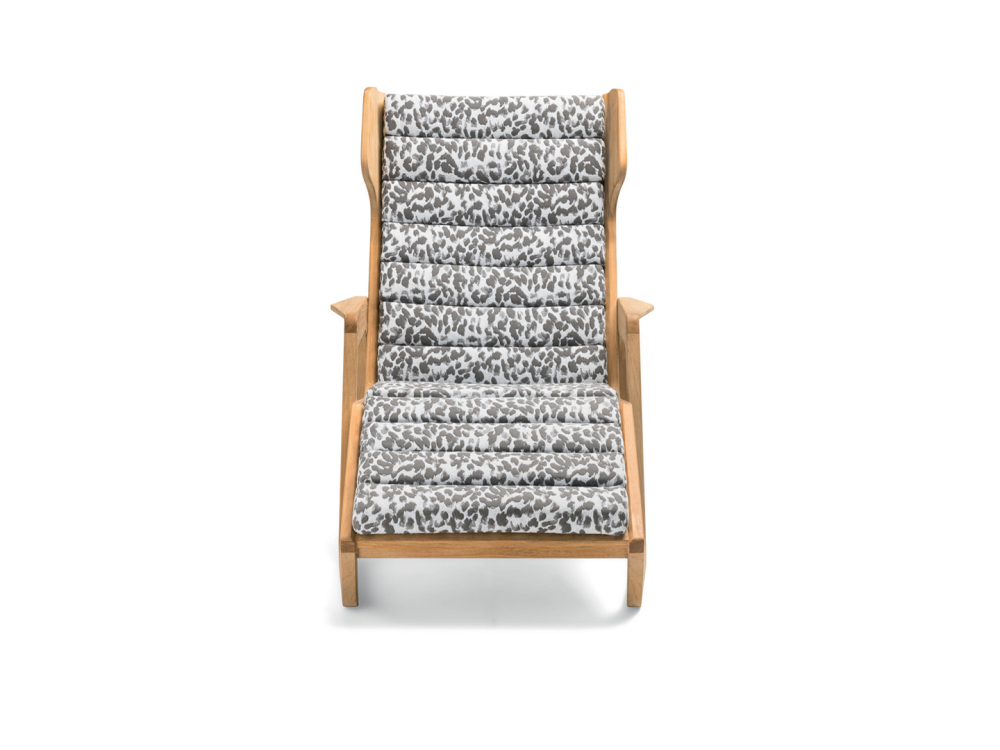armchairs
In collaboration with the Gio Ponti Archives and the heirs of the renowned Milanese architect, Molteni&C is reconstructing one of the rare pieces of furniture Gio Ponti designed for outdoor use: the D.150.5 chaise longue projects for the cruise ship Andrea Doria in 1952.





















